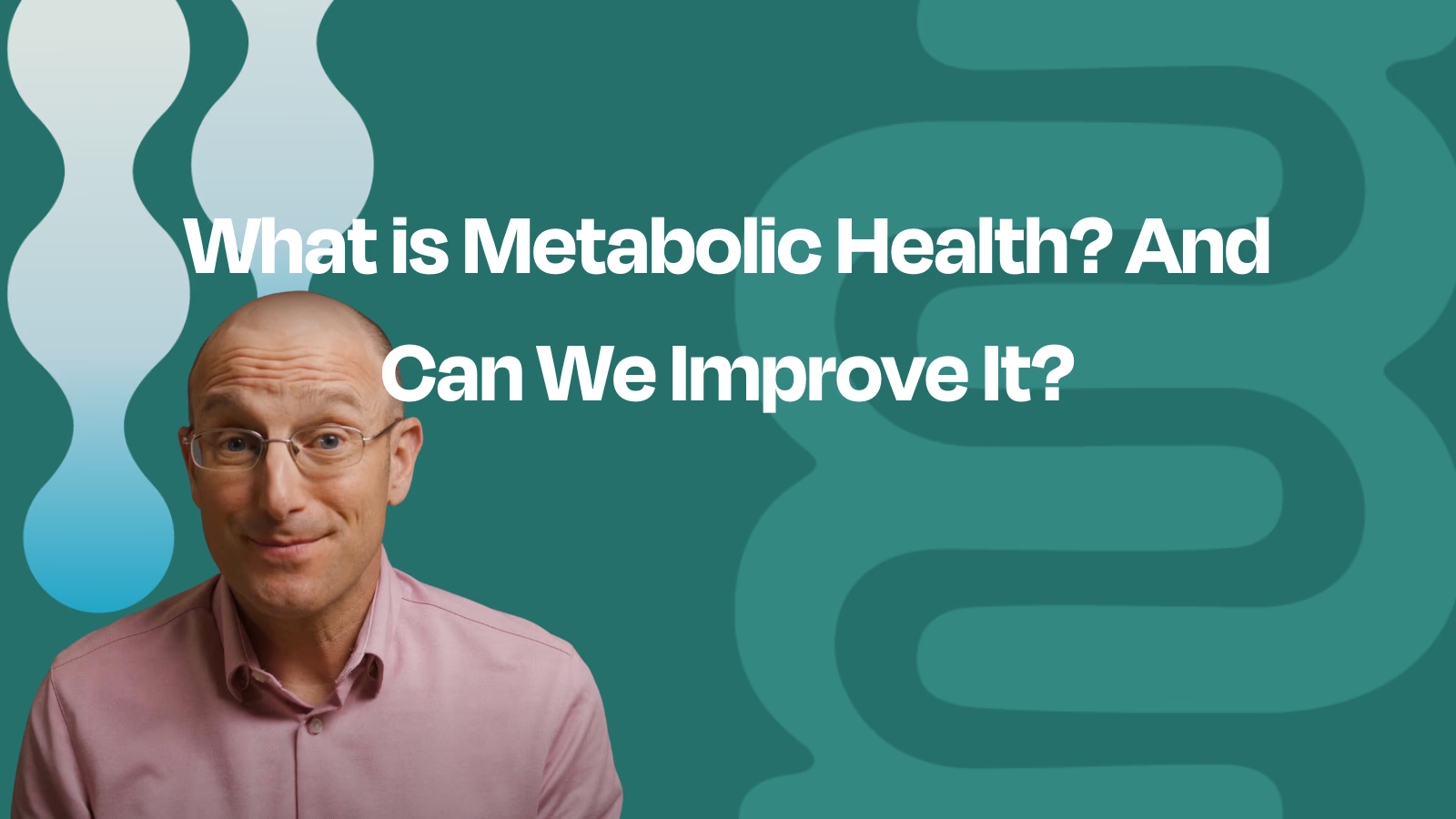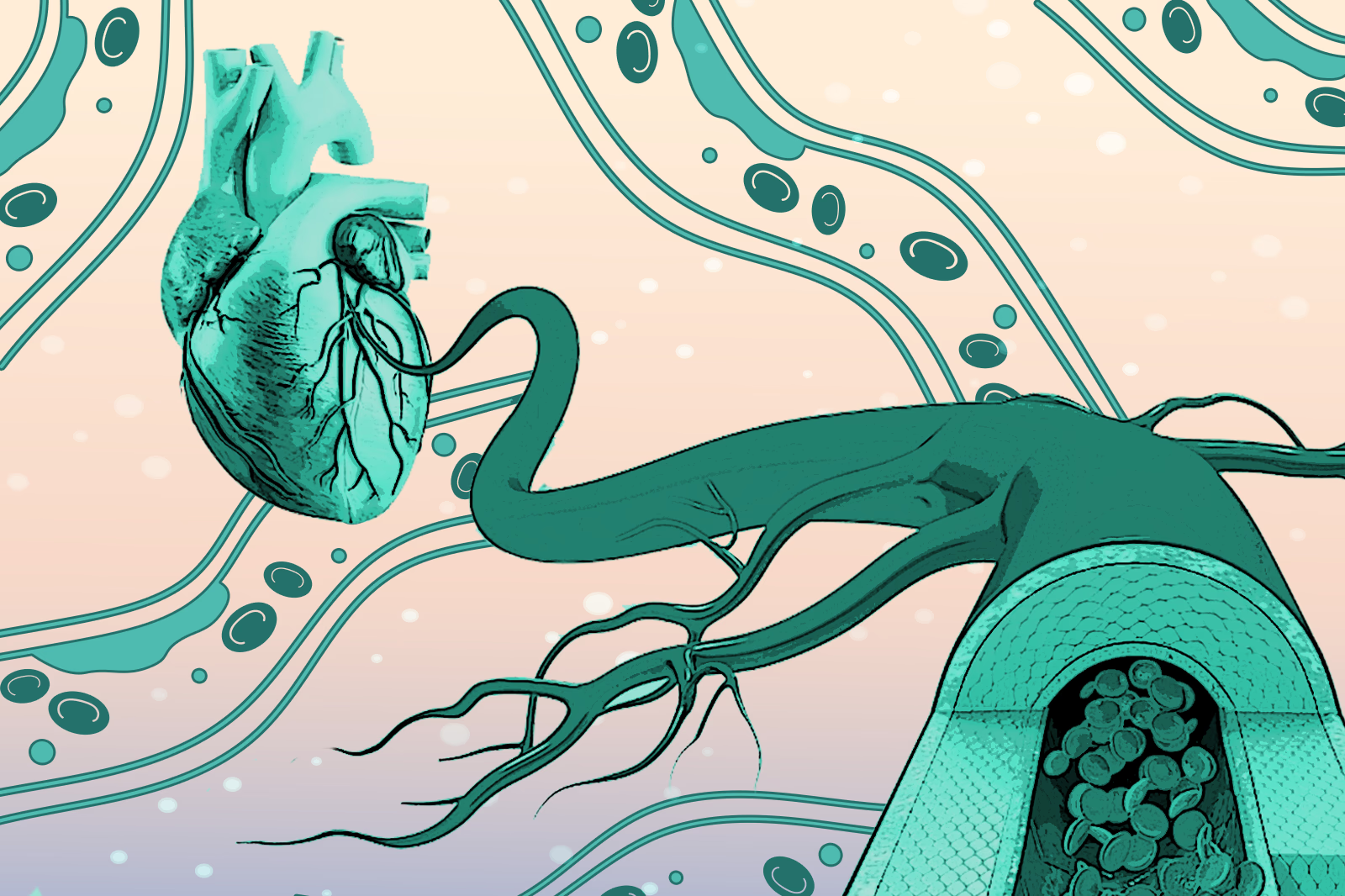Disrupted metabolism, so-called metabolic dysfunction, is a dangerous condition that has been associated with numerous medical conditions, including mental illness, dementia, diabetes, heart disease, cancer, and more.

What are Metabolism and Metabolic Health, and How Do They Impact Mental Health?
What Is Metabolic Health?
We at Metabolic Mind focus on the crucial connection between metabolic health and mental health.
But what is metabolic health?
In this article, we’re going to discuss what metabolic health is, how and why it may get damaged, and what we can do about it.
What Is Metabolism?
If we want to understand metabolic health, we should first understand what metabolism is.
Metabolism is the body’s process of creating energy and resources from food. We take in energy in the form of calories and break them down into manageable parts that our body uses for various functions. That means creating usable energy for our body (in the form of ATP) as well as forming the ”building blocks” we need to survive (proteins, DNA, RNA, etc.).
When we consume an amount of calories that equals our body’s need for energy, we have a metabolism that keeps its weight, function, and resources balanced. When we consume more calories than our bodies need, our body stores the excess energy. While our body can store a small amount of excess energy as glycogen in our liver and muscles, most of the excess energy gets transformed and stored as body fat.
Why We Store Fat: Insight from Our Ancestors
Looking at our body from an evolutionary standpoint, it makes sense why our body stores energy the way it does.
It’s difficult to know exactly how our ancestors lived thousands of years ago, but it’s safe to assume they would’ve had times of food excess, like big hunting or foraging success, followed by times of food scarcity, which might include multiple days without any significant amount of food. In this context, their bodies needed a way to store extra energy when more food was available that they could later mobilize for energy when food was scarce.
In this scenario, excess energy was episodic and came from naturally occurring, nutrient-dense food.
Nowadays, in industrialized society, calories are all around us and frequently come from nutrient-poor, ultra-processed foods – the opposite of what our ancestors ate. With a convenience store or fast food joint on nearly every street corner, these low-quality calories keep us filled with calories, yet still hungry. It’s clear we have an evolutionary/environment/metabolism mismatch.
Further contributing to the mismatch is that physical activity was a way of life throughout evolution. High-calorie foods and the quick energy they provided were valued since they were rare. Our ancestors’ high degree of physical activity allowed them to burn the energy in these foods quickly and efficiently.
Fast forward to modern industrialized society, and you’ll find we are the exact opposite. In the industrialized world, food is widely available 24/7, and much of it is ultra-processed, combining carbs and fats for high-calorie and low-nutrient content. To make matters worse, physical activity is confined to a mere 30 minutes on the treadmill after sitting at a desk all day.
This environment-metabolism mismatch sets up the perfect scenario for developing metabolic dysfunction.
How Does Metabolic Dysfunction Occur?
As mentioned above, metabolism is our body’s process of using nutrients in food to produce energy. When we don’t provide our body with quality nutrition or adequate movement it needs, metabolic dysfunction occurs. Metabolic dysfunction is when our metabolism can’t function properly and results in metabolic-related damage like poor blood sugar regulation, insulin dysregulation, or metabolic syndrome.
Metabolic dysfunction often results from having too much energy intake and/or suboptimal composition of energy intake, which overwhelms our body’s ability to both efficiently burn and store energy for future use.
When we have a chronic oversupply of energy, our fat stores can get full, and we need to find other places to store excess energy. At that point, we frequently store it in our organs in the form of visceral fat, fatty liver, fatty pancreas, and others. Excess fat in these organs disrupts their function, thus further worsening metabolic dysfunction and turning into disease states like type-2 diabetes.
Losing Fat: Why Metabolic Dysfunction Makes It Hard
We store fat so that we can use it for energy later, but accessing that fat requires low insulin levels. This is an important point for those with metabolic dysfunction.
Insulin is a hormone that every cell in your body needs in order to make energy from glucose. When you eat, the pancreas releases insulin into the bloodstream so cells can take in glucose and create energy in the form of ATP.
Like all hormones, insulin is a signaling molecule for the body. When your bloodstream has high insulin levels, your body gets the message that you have plenty of energy available and should store the excess. But this backfires for those with metabolic dysfunction who are often insulin resistant, which means that insulin can’t work properly and is constantly circulating in the bloodstream. This blocks fat storage – remember, it’s only when insulin is low that we can access fat stores for energy production.
Nowadays, when we have a constant supply of energy-dense, nutrient-poor food, we can easily overwhelm our metabolism, causing our insulin to remain elevated. When you have chronically high insulin levels, or “hyperinsulinemia,” your body can’t access its fat stores, making it very hard to lose body fat.
And when insulin levels are too high for too long, our cells’ ability to listen to it diminishes. Some of our cells, like those in our muscles and brain, literally become resistant to the effect of insulin. The end result is high levels of blood sugar AND insulin with very little energy produced.
Wrapping It Up
Now you know all about metabolism and metabolic dysfunction.
Metabolism is how we take in nutrients and convert them to useful energy.
Metabolic dysfunction is when we take in too much of the wrong kind of nutrients. In this case, our system gets overwhelmed and struggles to maintain proper metabolic function, resulting in insulin resistance, high insulin levels, and fat deposition in our fat cells and/or organs.
The good news is that we can fix this by taking purposeful steps to improve our metabolic health. In future articles, we’ll cover the keys to reversing metabolic dysfunction and restoring our metabolism, focusing on the quality, quality, and timing of our food intake, physical activity, sleep, stress, and toxin exposure.







